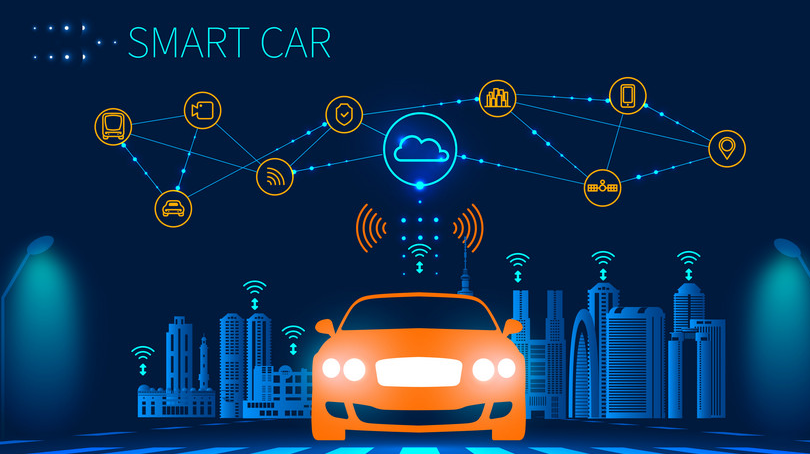
With the rapid development of computer technology, artificial intelligence technology has gradually come into public view, among which automatic driving technology is an important application of artificial intelligence technology. The main goal of autonomous driving technology is to enable cars to drive independently, reduce driver fatigue, and improve vehicle driving safety and comfort. The realization of autonomous driving technology depends on the collaboration of perception system, decision system and control system. Among them, the self-driving sensing system is the most important link, which is responsible for the task of making the self-driving car see clearly. Its development will affect the landing schedule of self-driving cars.
Autonomous driving technology is a complex technology involving multiple disciplines, in which perception system is a crucial part. The perception system is mainly used to realize the perception of the environment around the vehicle, so as to provide the vehicle with accurate environmental information for decision-making and control. The autonomous driving perception system includes ADS574JE sensors such as radar, on-board camera, lidar and millimeter-wave radar. These sensors convert the collected environmental information into digital signals, which are then analyzed and processed by computers to generate high-precision environmental maps that can be supplied to decision-making and control systems.
The constitution and technical principle of automatic driving perception system
Autonomous driving awareness systems usually consist of multiple sensors and computers. Commonly used sensors include Lidar, in-car cameras, millimeter-wave radar and ultrasonic sensors, which can capture environmental information around vehicles such as roads, vehicles, pedestrians and obstacles. The automatic driving decision system is responsible for processing the information obtained by the automatic driving perception system, extracting the required feature information, generating a high-precision environmental map, and providing it to the automatic driving control system.
1. Lidar
Lidar is one of the most commonly used sensors in autonomous driving awareness systems. Lidar can transmit laser beams and receive reflected laser beams to obtain information such as the position and shape of objects in the environment. Lidar works like a rangefinder, calculating the distance of an object by measuring the time it takes a laser beam to bounce off the radar to the object. Lidar can obtain high-precision range information, so it can be used to generate high-precision maps of the environment. The disadvantages of lidar are its high cost and susceptibility to weather, dust and other factors.
2. Car camera
In-car cameras are another common type of sensor. In-car cameras capture images of the environment to provide visual information about the self-driving car's surroundings. In-car cameras can detect road signs, traffic lights, cars and pedestrians. This information can be used to identify road signs and traffic lights to detect and track vehicles and pedestrians. The disadvantage of in-car cameras is that they are easily affected by factors such as light and weather, and do not perform well in low-light environments.
3. Millimeter wave radar
Millimeter wave radar is a type of radar that can detect objects around a vehicle. Millimeter wave radar can detect the reflected signals of different objects to calculate the distance, speed and direction of the objects. The advantage of millimeter wave radar is that it can operate under various weather conditions and is not sensitive to light. The disadvantage is that the resolution is low and the details are hard to distinguish.
4. Ultrasonic sensor
Ultrasonic sensor is a kind of sensor that can detect obstacles around the vehicle. Ultrasonic sensors can emit ultrasonic waves and calculate the distance and direction of objects by receiving the reflected waves. Ultrasonic sensors have the advantages of low cost and high accuracy at low speed. The disadvantage is that the detection range is limited and it is not suitable for high-speed driving.
5. Inertial measurement of unit sensor
Inertial Measurement Unit sensors, also known as IMU sensors, are mainly used to estimate the motion state of autonomous vehicles by measuring and analyzing the acceleration, angular speed and other information. Inertial measurement Unit sensors are primarily based on gravity and physical laws, rather than external conditions, so they are not easily infected by the external environment. Inertial measurement Unit sensors can continue to operate even in harsh environments or tunnels.
The above are several sensors commonly used in the autonomous driving perception system. They cooperate with each other to measure the environmental information around the autonomous vehicle, so as to realize the comprehensive perception of the surrounding environment of the vehicle and improve the safety of the autonomous vehicle during driving.
Trends in autonomous driving awareness systems
Multisensor fusion
The type and number of sensors determine how perceptive a self-driving car is. With the continuous development of autonomous driving technology, multi-sensor integration technology will become the main direction of autonomous driving sensing system development. Multi-sensor integration technology can integrate information obtained from different sensors to improve the accuracy and reliability of autonomous driving sensing systems. For example, the information integration of laser radar and camera can realize high-precision object recognition and tracking; By integrating information from millimeter-wave radars and ultrasonic sensors, more comprehensive environmental perception can be achieved. Multi-sensor integration technology is an important direction of autonomous driving perception in the future.
Apply artificial intelligence technology
The continuous development of artificial intelligence technology brings new opportunities to autonomous driving perception system. By applying artificial intelligence technologies such as deep learning and convolutional neural networks, more efficient object recognition and tracking can be achieved. In addition, AI technology can also be applied to data processing and sensor fault detection, further improving the reliability and intelligence level of the perception system. With the continuous development and optimization of artificial intelligence technology, the performance of autonomous driving perception system will be further improved.
Integration of perceptual systems
The autonomous vehicles of the future will require greater reliability and safety. To achieve this goal, the integration of autonomous driving awareness systems is crucial. The integration of sensing system can realize data sharing and collaboration among sensors, thus improving the reliability and accuracy of the whole system. In addition, the integration can also realize the modular design of the sensing system, which is easy to upgrade and maintain the system.
Low power consumption, miniaturization and low cost
In order to meet market demand, future autonomous vehicles will need to feature low power consumption, miniaturization and low cost. To achieve this goal, autonomous driving awareness systems need to adopt more advanced chip technology and more efficient algorithm design, so as to achieve a balance of low power consumption and high performance. In addition, sensors for autonomous driving awareness systems need to be miniaturized to be easily integrated into the exterior and interior of the vehicle.
In short, as an important part of autonomous driving technology, autonomous driving perception system has a broad development prospect. In the future, with the continuous development of sensor technology and artificial intelligence technology, autonomous driving perception system will become more accurate, reliable, safe and intelligent, so as to achieve true autonomous driving.
Challenges and solutions to automated driving awareness systems
Although the autonomous driving sensing system has broad development prospects, there are still some challenges in practical application. Here's an analysis of the challenges facing autonomous driving awareness systems and how to deal with them.
(1) The road environment is complex and changeable
In the process of driving, autonomous vehicles will encounter various road environments, such as road signs, traffic lights, lane lines, pedestrians and obstacles. Not only do these road environments differ in shape and color, but they may occur at different times and locations. Therefore, autonomous driving awareness systems require a high degree of flexibility and adaptability in order to identify and track accurate objects in the complex and changing road environment.
In order to meet this challenge, autonomous driving awareness systems need to continuously optimize algorithms and strengthen sensor integration technology. For example, by introducing more sensors and using more efficient data processing algorithms, the recognition and tracking accuracy of the perception system can be improved to better cope with the complex and changeable road environment.
(2) Accuracy and reliability of the sensor
The accuracy and reliability of sensors are crucial to the safety and reliability of autonomous vehicles, because the autonomous driving perception system relies on sensors to obtain information about the road environment. However, sensors may be subject to various interferences and influences in practical use, such as weather, illumination, electromagnetic interference and so on. These interferences and influences may lead to inaccurate and unreliable sensor data, thus affecting the performance and reliability of the sensor system.
To meet this challenge, autonomous driving awareness systems need to adopt more reliable sensors and enhance sensor fault detection and fault tolerance technologies. For example, more reliable environmental perception and object recognition can be achieved by introducing various types of sensors and sensor integration technologies. In addition, data processing technology and algorithm design technology can be used to preprocess and filter sensor data, thus improving the reliability and accuracy of data.
(3) Security and privacy protect data
The autonomous driving perception system needs a lot of data support, such as sensor data, map data, traffic data, etc. This data may contain sensitive information about the vehicle and the driver, such as vehicle location, driver habits, etc. Therefore, data security and privacy protection have become important challenges faced by autonomous driving perception system.
In order to meet this challenge, it is necessary to strengthen the protection and management of data during the design and implementation of perceptual systems. For example, encryption techniques and rights management techniques can be used to encrypt and control data to protect data security and privacy. In addition, secure transmission technology can be used to ensure the security of data during transmission.
(4) Legal and ethical issues
The development and application of autonomous driving awareness system also need to face a series of legal and moral problems. For example, the safety and responsibility of autonomous vehicles, and the legality and fairness of autonomous driving technology.
In order to cope with this challenge, it is necessary to formulate and improve relevant laws and regulations to strengthen the supervision and management of autonomous driving technology. In addition, it is also necessary to strengthen the social publicity and popularization of autonomous driving technology to improve public awareness and acceptance.
Conclusion
Autonomous driving perception system is one of the key technologies to realize autonomous driving. With the continuous development of artificial intelligence and sensor technology, the performance and application prospect of autonomous driving sensing system are also improving and expanding. However, in order to better promote the development and application of autonomous driving technology, there are still many challenges in practical application.
The Products You May Be Interested In
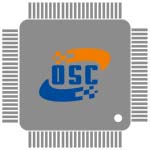 |
CLP0412FPXXXZ02A | CONVERTER | 149 More on Order |
 |
CLP0212FPEX3Z01A | AC/DC CONVERTER 12V 3.3V 200W | 380 More on Order |
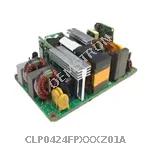 |
CLP0424FPXXXZ01A | CLP0424FPXXXZ01A 450W OPEN FRAME | 320 More on Order |
 |
JPW200S52R51-BHZ | DC DC CONVERTER 52.5V 200W | 111 More on Order |
 |
HW004A0A61 | DC DC CONVERTER 5V 20W | 200 More on Order |
 |
QRW035A0F641Z | DC DC CONVERTER 3.3V 116W | 480 More on Order |
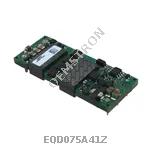 |
EQD075A41Z | DC DC CONVERTER 3.3-5V 75W | 106 More on Order |
 |
PIM300AZ | DC DC CONVERTER -48V 300W | 316 More on Order |
 |
QW030CL1 | DC DC CONVERTER +/-15V 30W | 185 More on Order |
 |
LW005A | DC DC CONVERTER 5V 5W | 374 More on Order |
 |
LC020A | DC DC CONVERTER 5V 20W | 406 More on Order |
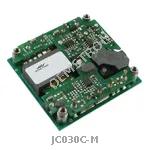 |
JC030C-M | DC DC CONVERTER 15V 30W | 444 More on Order |
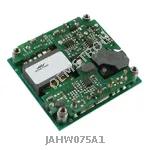 |
JAHW075A1 | DC DC CONVERTER 5V 75W | 221 More on Order |
 |
FW250A1 | DC DC CONVERTER 5V 250W | 348 More on Order |
 |
EQW025A0Y1-S | DC DC CONVERTER 1.8V 45W | 349 More on Order |
 |
ATH006A0X-SR | DC DC CONVERTER 0.8-3.6V 21W | 105 More on Order |
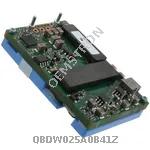 |
QBDW025A0B41Z | DC DC CONVERTER 12V 300W | 374 More on Order |
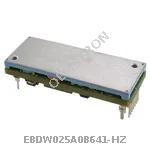 |
EBDW025A0B641-HZ | DC DC CONVERTER 12V 300W | 384 More on Order |
 |
EBVW020A0B841Z | DC DC CONVERTER 12V 240W | 185 More on Order |
 |
EBVW020A0B64Z | DC DC CONVERTER 12V 240W | 273 More on Order |
 |
PVX006A0X43-SRZ | DC DC CONVERTER 0.6-5.5V 33W | 474 More on Order |
 |
ATH030A0X3-SRPHZ | DC DC CONVERTER 0.8-3.6V 100W | 317 More on Order |
 |
AXA016A0X3-SRZ | DC DC CONVERTER 0.8-5.5V 88W | 1056 More on Order |
 |
SHHD003A0A41-SRZ | DC DC CONVERTER 5V 15W | 1488 More on Order |

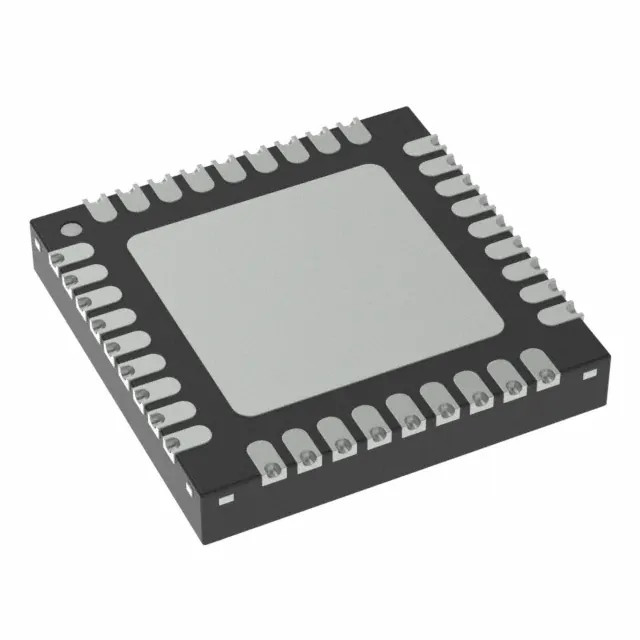 Semiconductors
Semiconductors









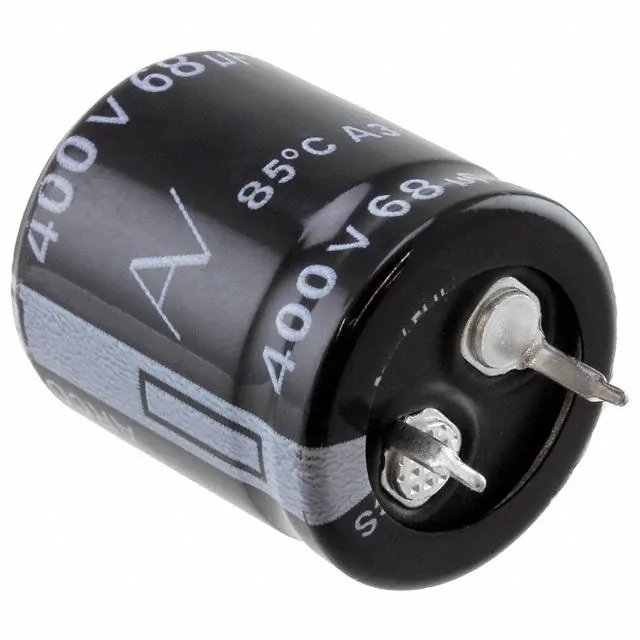 Passive Components
Passive Components









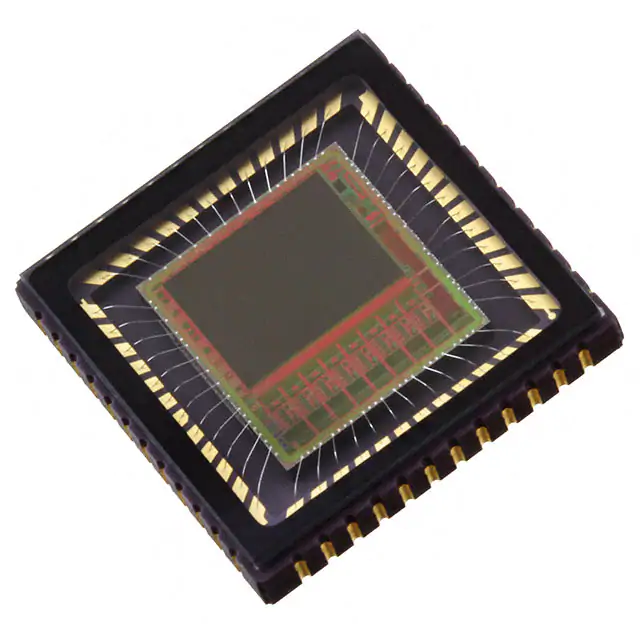 Sensors
Sensors








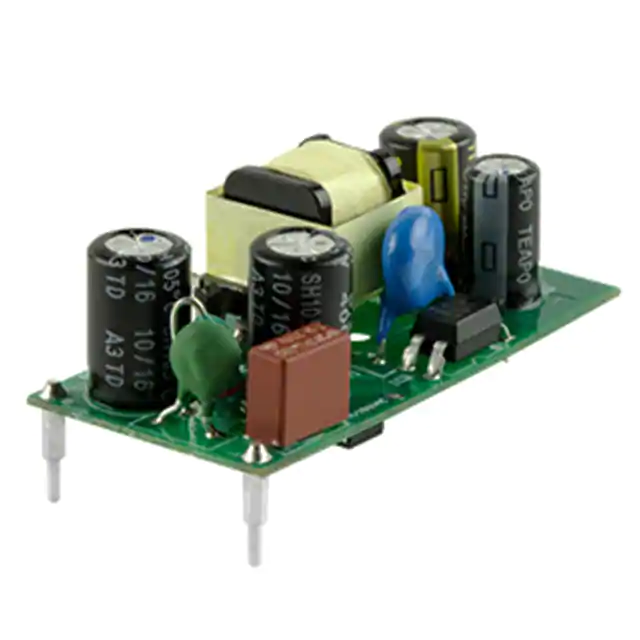 Power
Power









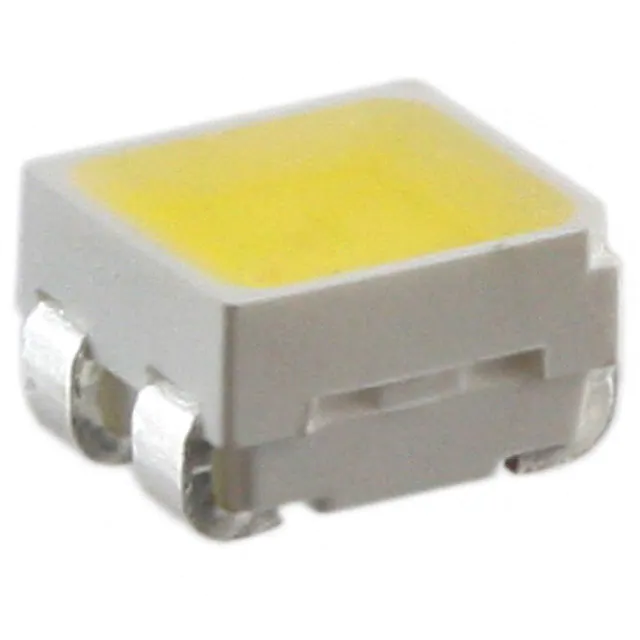 Optoelectronics
Optoelectronics








